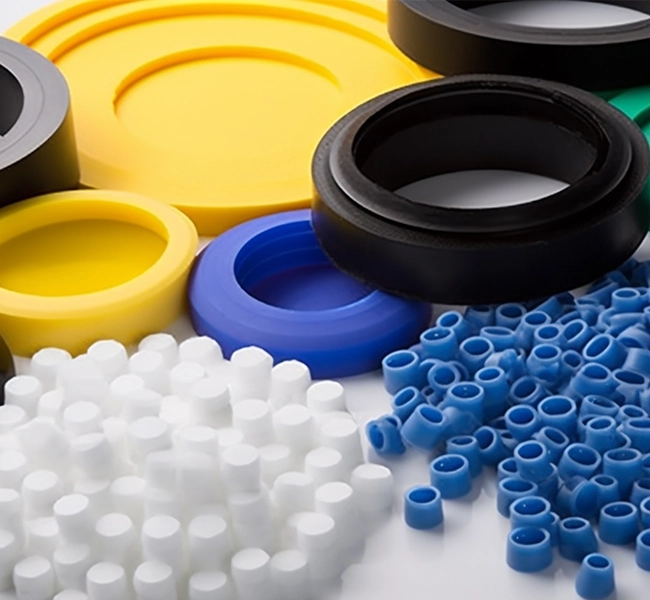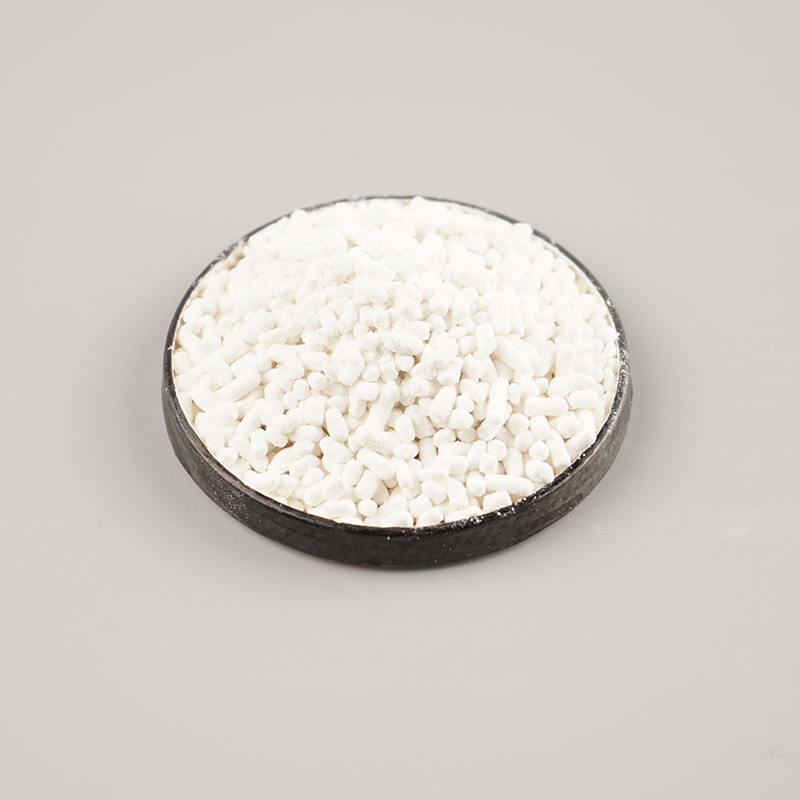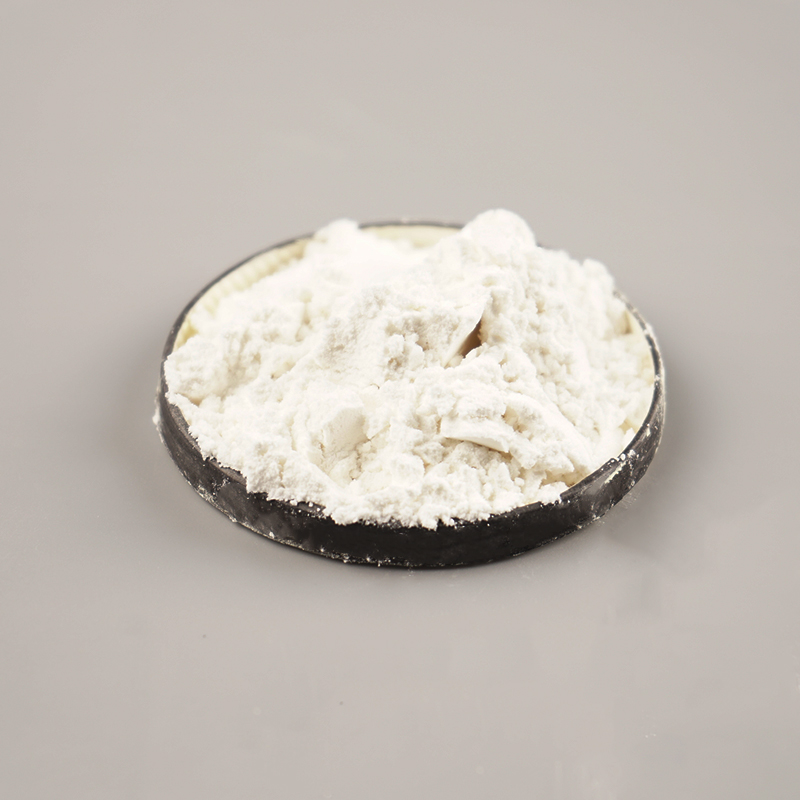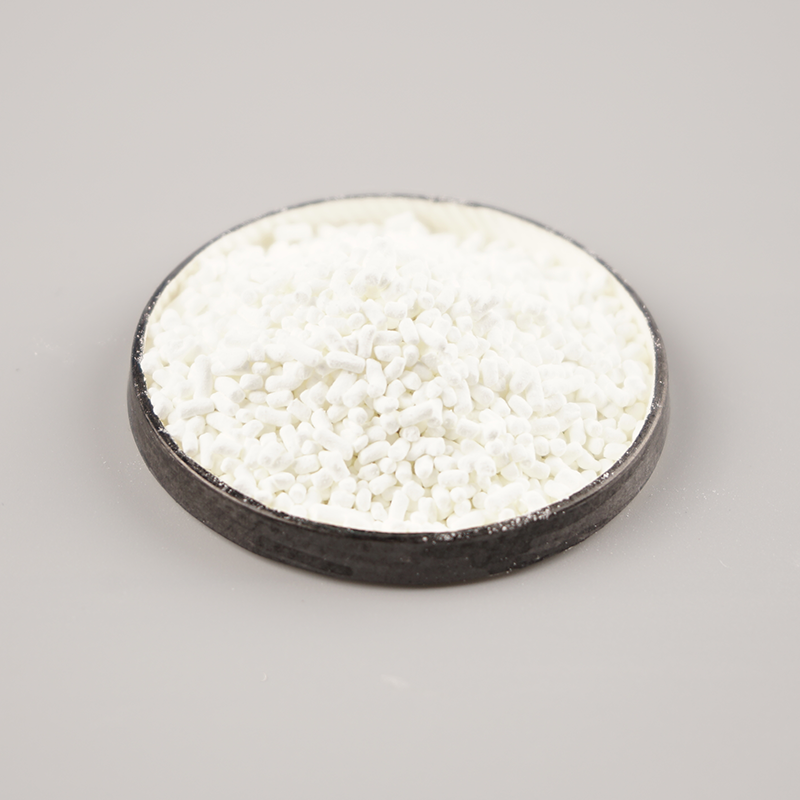
What is SBR Rubber?
SBR, or Styrene-butadiene rubber, is the most consumed synthetic rubber, widely used in place of natural rubber for similar applications. SBR is a general purpose rubber made up of 25% styrene and 75% butadiene joined in a co-polymer. The co-polymer means the molecules of these two materials connect into combined molecules with multiple units.
The styrene added makes SBR cheaper while adding bonding and blending capabilities. The styrene also lends SBR its wear and abrasion resistance, as well as its strength.
Solutions
SBR is produced in two different ways- through emulsion and solution, which lend it different properties:
- Emulsion SBR is quickly growing in popularity, with both hot and cold production types that change the properties of the rubber. Overall, however, emulsion SBR has good abrasion resistance while functioning better at lower temperatures. However, it also has low resilience, tensile strength, and tear strength.
- Hot emulsion SBR has more of a branching polymer than cold emulsion SBR, which makes it better for extrusion, more stable, and less shrinkable.
- Cold emulsion SBR is more abrasion resistant and has more tensile strength.
- Solution SBR still makes up roughly 75% of all SBR produced, with a higher molecular weight and a smaller molecular weight distribution. This material has better flexibility and tensile strength with lower rolling resistance than emulsion SBR, and is also more expensive.
SBR Rubber Properties
SBR rubber is so widely used because of its cheapness and availability, although it also has high tensile and impact strength, resilience, and abrasion resistance. It’s flexible in low temperatures (though not as flexible as natural rubber) and has decent heat resistance as well. SBR is also water, organic acid, ketone, chemical, alcohol, and aldehyde resistant. This type of rubber also ages better than natural rubber and is crack resistant while able to accommodate large amounts of filler, which is used to enhance its properties.
- Carbon black gives SBR enhanced strength, as well as more abrasion and UV resistance.
- China clay also adds strength and reinforcement, and is used for rubbers that aren’t black.
- Calcium carbonate is added to make the final product cheaper.
- Silica gives SBR better thermal conductivity, electrical insulation, and dimensional stability.
- Filaments keep the rubber from being too stretchy in the finished product.
However, SBR is one of the weaker rubbers without fillers. This type of rubber is vulnerable to ozone, oxidation, fatigue, solvent, and weathering. Compared to natural rubber it also has low resilience and bad tear strength, especially under high temperatures. Like natural rubber, SBR also swells and weakens from hydrocarbon oils.
What is SBR Rubber Used For?

The majority of SBR is utilized in light application automotive tires and parts. Due to its lower heat resistance compared to natural rubber, its usage in car tires diminishes as one progresses from standard to high-performance or heavy-duty tires. Heavy-duty applications such as airplane tires predominantly rely on natural rubber due to the need for higher heat resistance.
Cold emulsion SBR finds specific application in lighter duty tires, while solution SBR is more commonly employed in specialized applications, albeit at a higher cost. Examples include radial car tires and motorcycle treads. Additionally, SBR plays a vital role in various automotive parts, including drive couplings.
Beyond automotive applications, SBR extends its presence to industrial applications, serving in belting, wire and cable insulation, haul-off pads, roll coverings, hoses, gaskets, seals, and coated fabrics. Its exceptional abrasion resistance makes it a preferred choice in these settings. Notably, SBR stands out in the production of rubber gaskets, thanks to its metal adhesion and abrasion resistance.
On the commercial front, SBR finds usage in shoe soles, carpet backing adhesive, and molded rubber goods. Its versatility and durability make it a valuable component in a wide range of products.
Production Technology
We employ cutting-edge production techniques, co-polymerizing styrene and butadiene molecules to form composite molecular units, ensuring exceptional consistency in product quality.
Cost-Effective
Chembroad's SBR rubber not only delivers outstanding performance but is also economically priced, providing you with a high-cost performance ratio.
Exceptional Wear Resistance
The addition of styrene imparts outstanding wear resistance to our SBR rubber, ensuring excellent performance across various applications.
Strength and Bonding Capability
The incorporation of styrene not only enhances the durability of the product but also strengthens the rubber's bonding capability, making it suitable for a variety of industrial applications.
Related Products To Complete Your Project
In Needs of Rubber Vulcanization Accelerators Solution?





